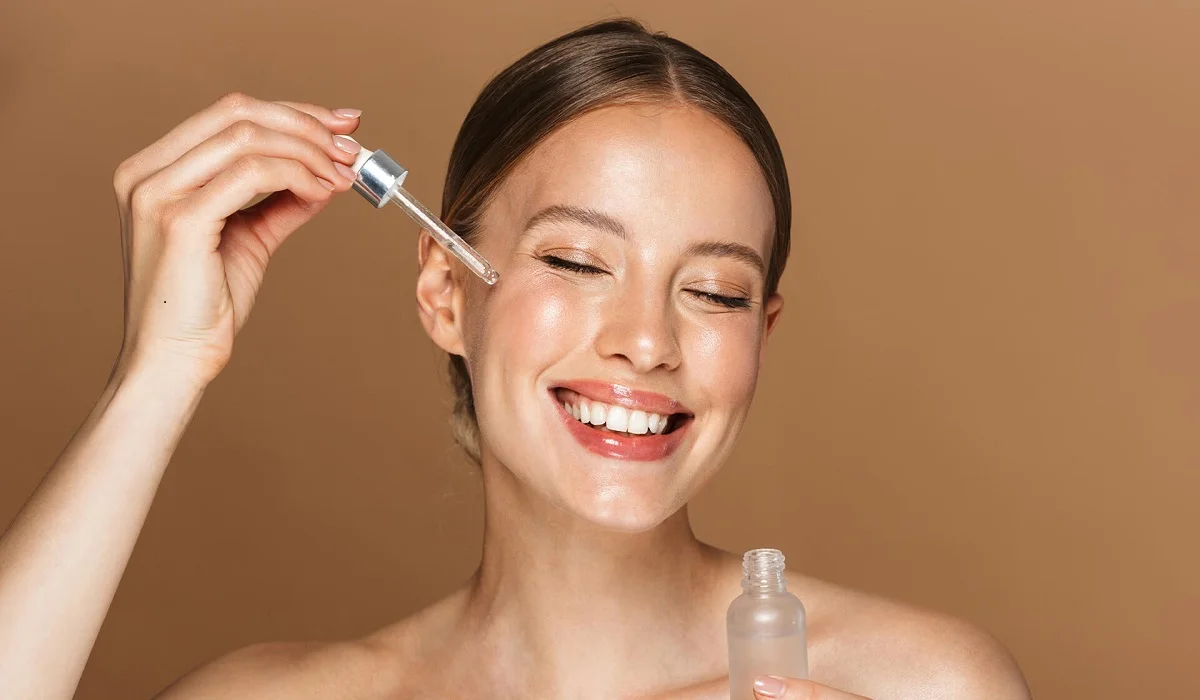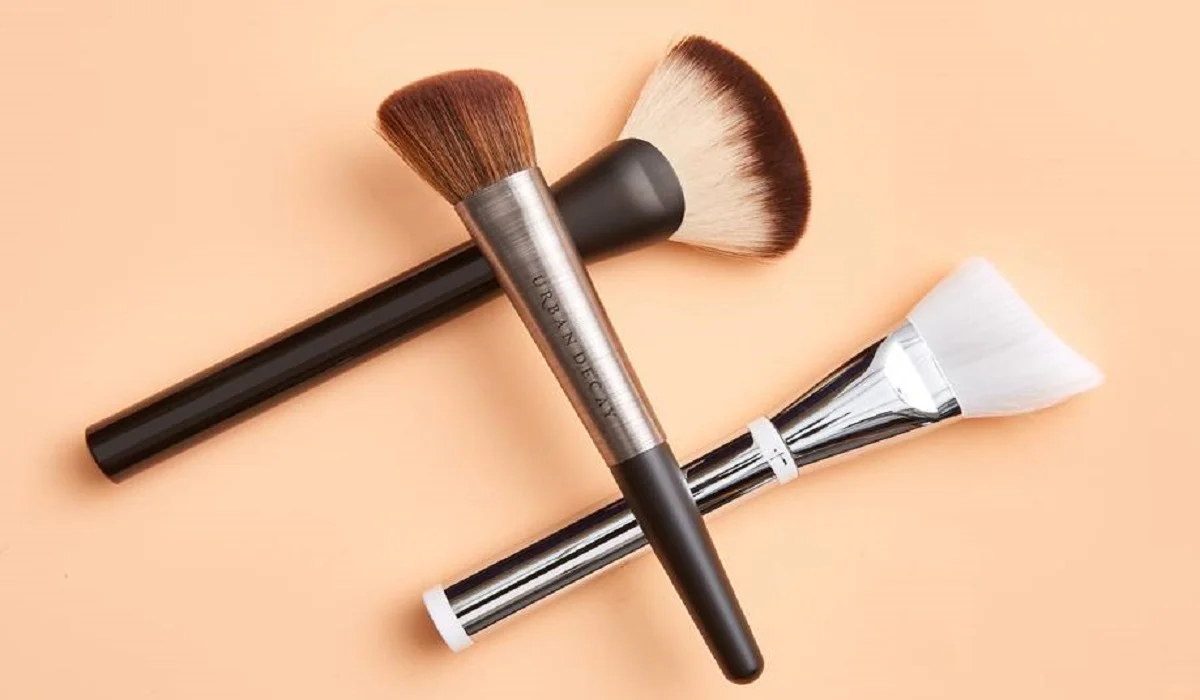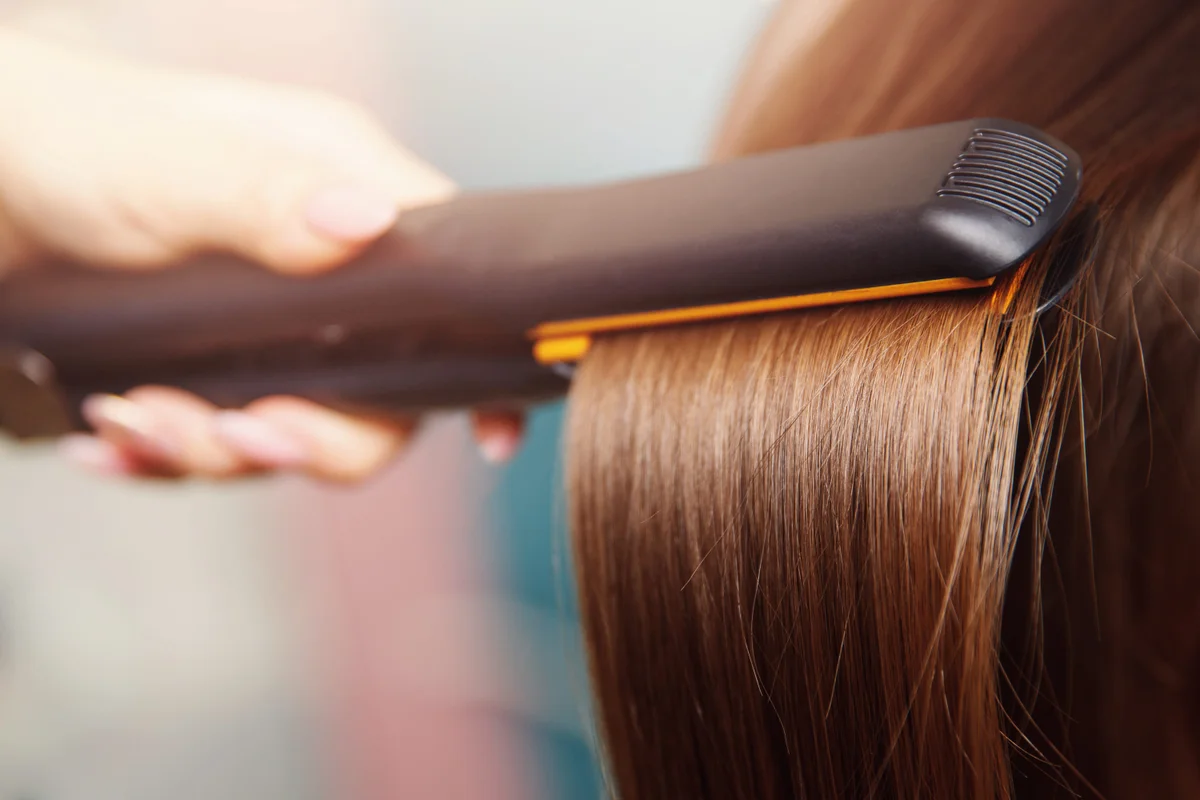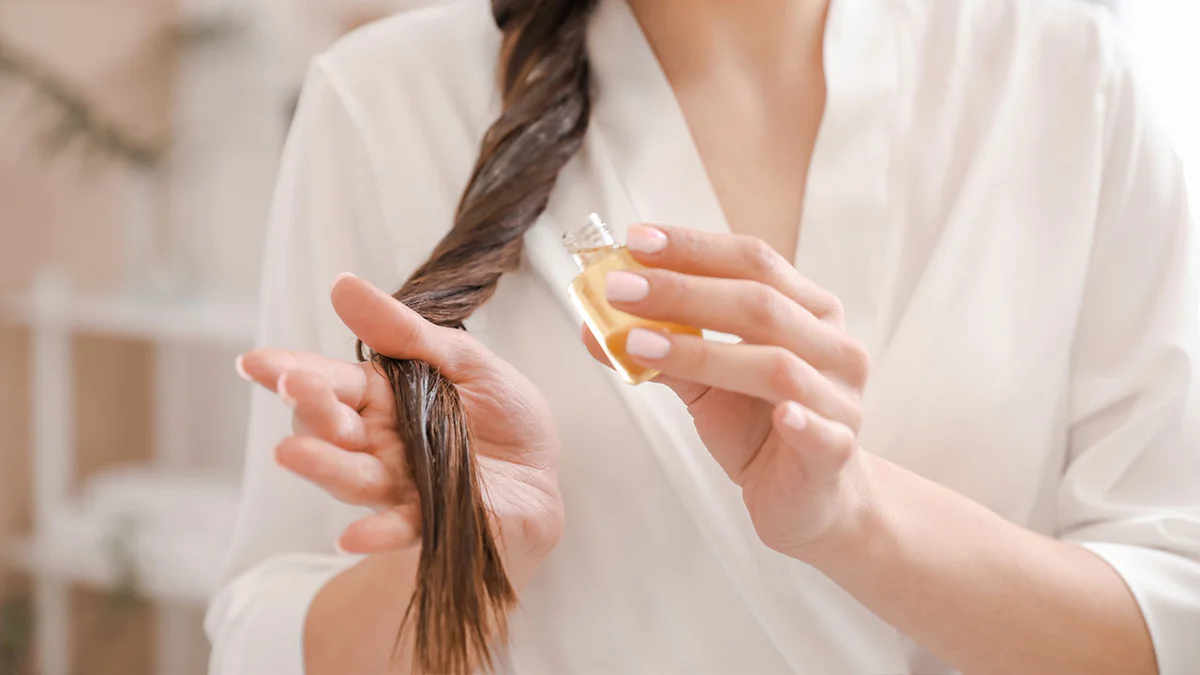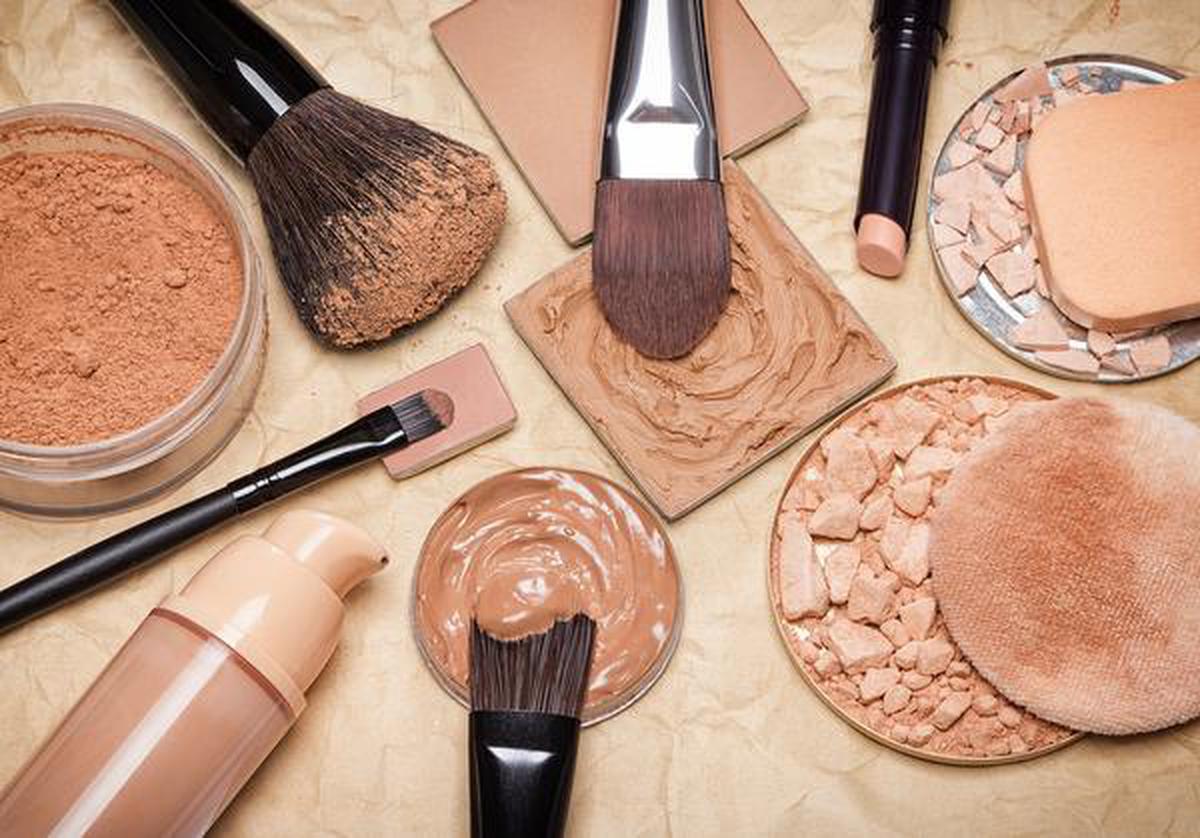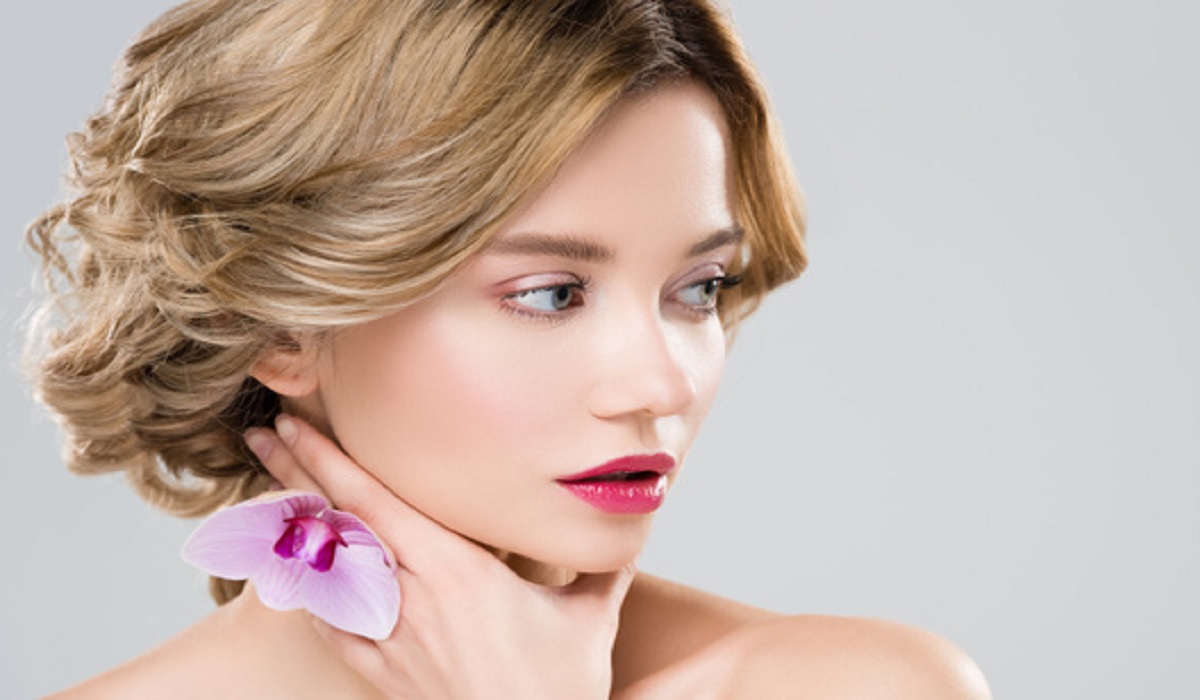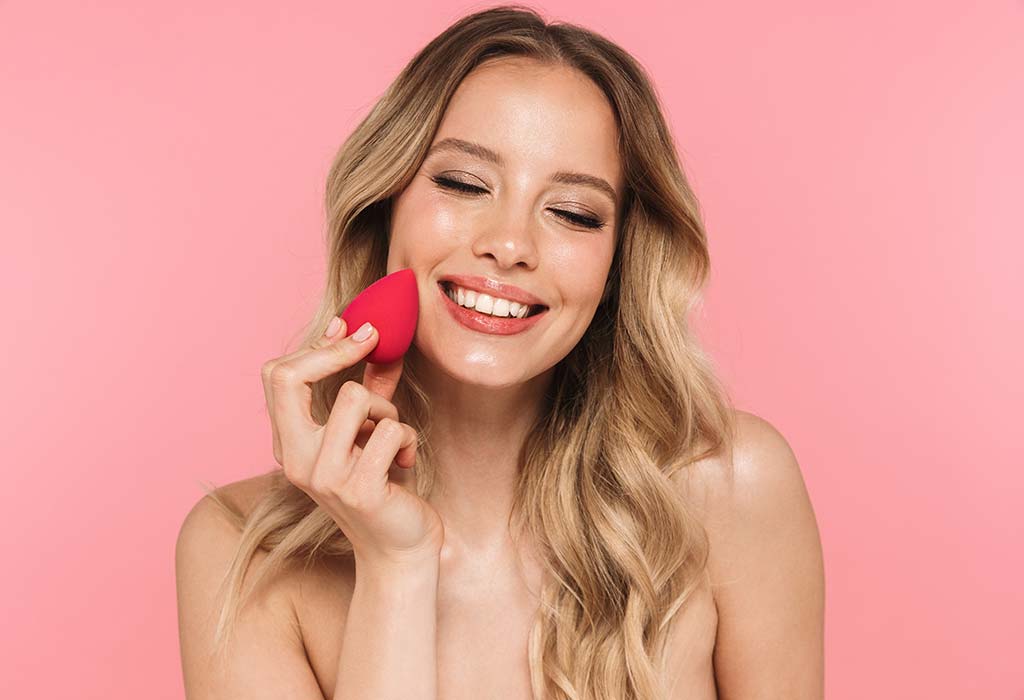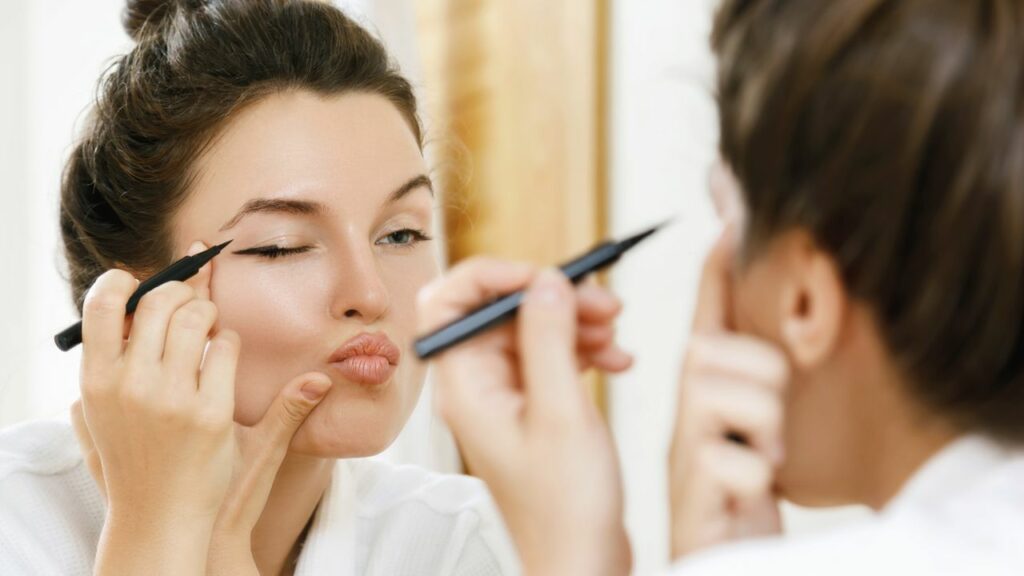
Eyeliner is an essential tool in every woman’s makeup kit. It has the power to transform your look instantly, making your eyes appear bigger, brighter, and more defined. However, for many beginners, applying eyeliner can be a daunting task. With so many types, formulas, and techniques to choose from, it can be overwhelming to know where to start.
In this beginner’s guide, we will go over the basics of applying eyeliner and give you tips and techniques to help you achieve a flawless look.
Types of Eyeliner
There are several types of eyeliners available in the market, and each one comes with its own set of pros and cons. Here are some of the most popular types of eyeliner:
Pencil Eyeliner – This is the most common type of eyeliner and is perfect for beginners. Pencil eyeliners come in a range of colors, textures, and finishes. They are easy to apply, smudge-able, and can create a soft or intense look.
Liquid Eyeliner – Liquid eyeliner is more challenging to apply than pencil eyeliner, but it offers a more precise and defined look. Liquid eyeliners are available in a range of formulas, including matte, glossy, and glittery.
Gel Eyeliner – Gel eyeliner is a hybrid between liquid and pencil eyeliner. It has a creamy texture that glides smoothly on the eyelids, providing a long-lasting, smudge-proof finish.
Eyeshadow as Eyeliner – You can also use eyeshadow as eyeliner by wetting a brush and applying it along the lash line. This technique provides a soft, smoky look that is perfect for a daytime look.
Choosing the Right Eyeliner for You
When choosing an eyeliner, consider your skill level, eye shape, and desired look. If you are a beginner, start with a pencil eyeliner, which is easy to apply and forgiving. If you have smaller eyes, avoid using thick lines and opt for a thin, natural look. If you have round eyes, elongate them by creating a winged or cat-eye look.
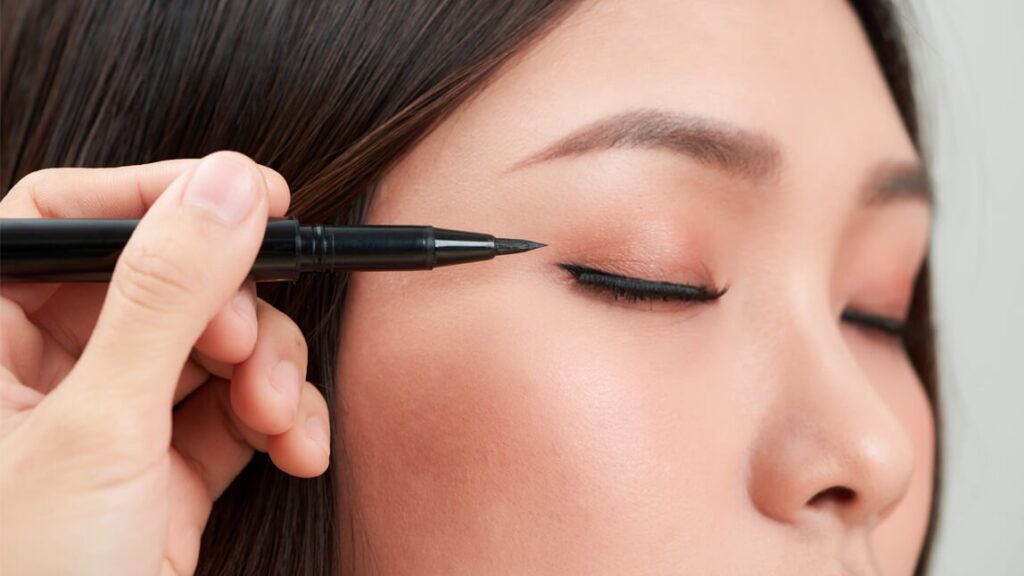
Tips and Techniques for Applying Eyeliner
Here are some tips and techniques to help you apply eyeliner like a pro:
Start with a clean, moisturized eye area. This will help the eyeliner glide on smoothly and prevent smudging.
Use a primer or eyeshadow base to ensure that the eyeliner stays in place.
Rest your elbow on a flat surface to keep your hand steady while applying eyeliner.
Hold the eyeliner like a pen and start by drawing a thin line along the lash line. Use short strokes and connect them to create a smooth, continuous line.
For a natural look, smudge the eyeliner with a brush or your finger. For a dramatic look, create a winged or cat-eye look by extending the line outwards and upwards.
If you make a mistake, don’t worry. Use a cotton swab dipped in makeup remover to correct any errors.
To avoid smudging, set the eyeliner with a matching eyeshadow or a translucent powder.
Finally, apply mascara to enhance the eyeliner and complete the look.
Eyeliner is a versatile makeup tool that can enhance your natural beauty and transform your look. By choosing the right eyeliner for you and mastering the application techniques, you can achieve a flawless and polished look that is perfect for any occasion.
When applying eyeliner to the lower lash line, use a lighter hand and apply the eyeliner as close to the lash line as possible. This will create a natural look and prevent the eyeliner from smudging.
Experiment with different eyeliner styles and techniques to find the ones that work best for you. You can try creating a winged eyeliner, a smoky eye look, or a double-winged eyeliner for a bold and edgy look.
If you have hooded eyes, avoid applying eyeliner to the entire upper lash line. Instead, apply eyeliner to the outer corner of the eye and create a winged look. This will help to lift the eye and make it appear more open.
To make your eyes appear bigger and brighter, apply a white or nude eyeliner to the waterline. This will create the illusion of larger eyes and make your eye color pop.
When choosing an eyeliner color, consider your eye color and skin tone. Black and brown eyeliners are universal and work well for most eye colors and skin tones. If you have green or blue eyes, try using a purple or navy eyeliner to make your eyes stand out.
Don’t forget to remove your eyeliner before going to bed. Use a gentle makeup remover or micellar water to remove all traces of eyeliner from your eyes. This will help to prevent irritation and keep your eyes healthy.
In conclusion, applying eyeliner can be a fun and rewarding experience once you know the basics. By choosing the right eyeliner, mastering the application techniques, and experimenting with different styles and colors, you can create a flawless and polished look that is perfect for any occasion. With a little practice and patience, you can become an eyeliner pro in no time!

